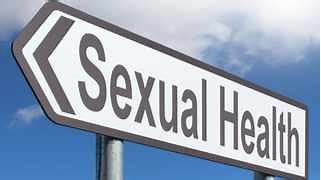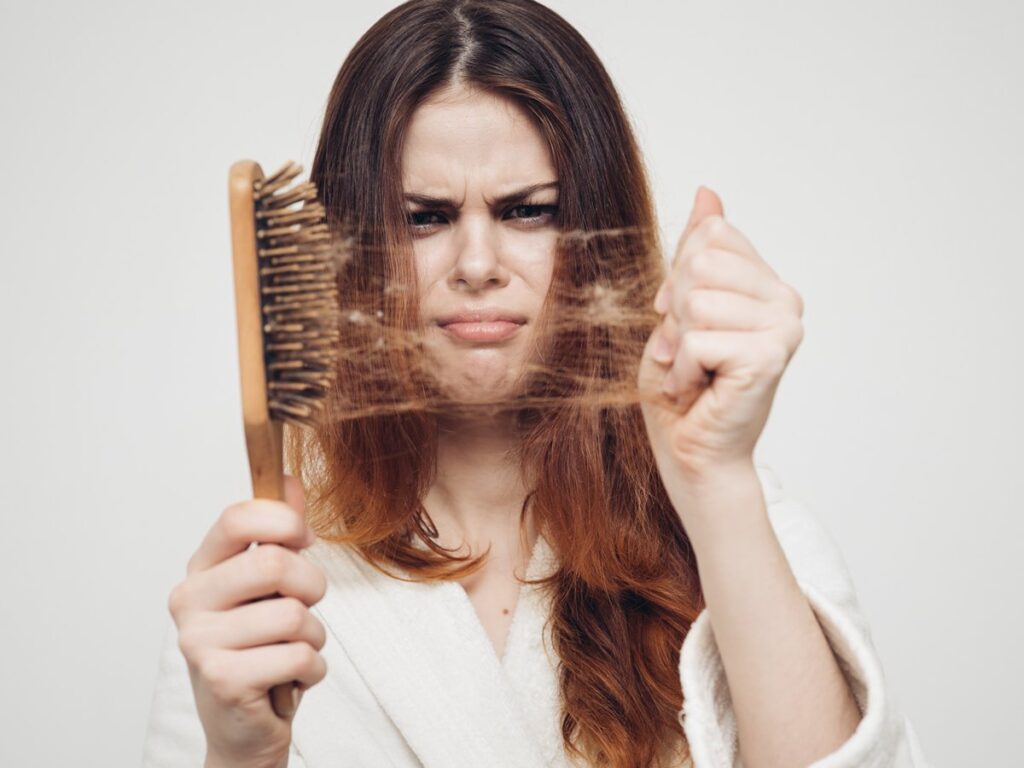
Have you been feeling fatigued lately? Do you feel your sex drive isn’t as high as it used to be? Are you having hot flushes, night sweats, or feeling irritable? Maybe your hair is falling out, or is it growing in places you wish it wasn’t? Well friends, a hormonal issue may be at the root of your problem. In this blog series we’ll look at the hormonal causes of symptoms such as those listed above, and what to do about them. So without further do, let’s get started!
Endocrinology Crash Course
Physiologically speaking, hormones are chemical messengers produced by glands, that fit into specific receptor sites – kind of like a lock and key. When the hormone meets the receptor, a physiologic response takes place. Now keep in mind that these receptors can be all over the body, and that any given hormone can have an effect on multiple types of tissue.
Hormonal symptoms occur when one of the following takes place: the producer gland stops functioning (such as in the case of menopause), there is an excessive amount of hormone produced (what we see in hyperthyroidism), or if the hormone is unable to bind to its receptor (as in the estrogen-blocking effect of Tamoxifen, a medication often used for breast cancer treatment). To complicate things even further, hormone production is regulated by a feedback system – a failsafe, if you will, that attempts to keep too much (or too little) hormone from being produced. If something goes wrong with the feedback system, the downstream effects can be disastrous!
When it comes to treating patients with suspected hormonal disorders, one has to figure out if the issue is with the “producer” or the “target.” Clinical symptoms are often very helpful in determining this differentiation, but as stated above, a singular hormone doesn’t have just one effect. As such, most hormonal evaluations are accompanied by laboratory studies (lots of controversy here). These labs can be performed in a variety different ways, with everything from blood testing, urine testing, or sometimes even salivary or hair follicle testing, to determine the specific value of the hormone at any given time. It is important to note, however, that with a few exceptions these tests provide only a “snapshot in time” of the hormone level in question. As such, a patient may have to undergo multiple laboratory evaluations to get a clear picture of their whole hormonal profile. At this time, serum (blood) testing for sex hormone levels is the recommended method of evaluation and is considered the gold standard by multiple medical specialty societies.
How Hormones are Formed

First things first, that chart above is very intimidating. I remember seeing it for the first time in medical school thinking “holy crap, that’s a bunch of organic chemistry.” I’ve since learned to understand it, but its complexity demonstrates two things:
1: Why endocrinology (hormone disorders) as a specialty exists
2: Why many providers have a difficult time treating hormonal disorders
Now keep in mind that the chart above only shows the sex hormones that are derived from cholesterol. There are literally hundreds of other hormones in the body, but in terms of reproductive functioning, these are the ones that are the most important.
If you look at the color coding on the chart, you will notice some similarities in terms of hormone “families.” Progestogens in yellow, androgens in blue, estrogens in pink, and corticoids in…a color mishmash. The families are based on the number of carbon atoms in the hormone itself, as well as the placement of specific “functional groups,” collections of chemicals that further define the base compound. For example, estrone and estradiol are both made of up 18 carbon atoms (as are all estroGENS), but whereas estraDIOL has two hydroxy groups, estrONE has a ketone group.
I understand this blog is not about organic chemistry, nor would I ever want it to be, so that is about all I am going to say about that.
Hormone Symptom Breakdown
Now that we’ve covered what hormones are, and how they work, let’s look at some hormonal symptoms and potential causes. I’m going to be addressing a good number of these in detail in the upcoming weeks, but for today I thought I would do an overview of many of the hormonal symptoms that I see on a regular basis. As a caveat, the hormones listed below are not the only causes for these symptoms, and as always, this information does not take the place of an actual visit with a licensed provider.
Symptom: Weight Gain

Potential hormonal causes: Low thyroid function, insulin resistance, elevated cortisol, gonadal failure
Thoughts: When it comes to weight, you have to look at 2 different things.
1: Metabolism
2: Stress response.
Our metabolism slowly begins to decline once we have 30, due to a very complex assortment of causes, and changes in lifestyle, childbirth, and decreased sleep all can play a role in weight gain. As your thyroid also helps regulate metabolism, a low functioning thyroid can contribute to weight gain, as well. Lastly, stress hormones such as cortisol and insulin, when elevated, decrease your body’s ability to “let go” of fat.
Symptom: Sexual problems

Potential hormonal cause: Low testosterone, gonadal failure, serotonin/dopamine imbalance
Thoughts: In terms of sexual functioning, testosterone is often the hormone that most people think of. While it is true that low testosterone can cause low sex drive, sexual desire is a very complex subject that is not based on hormonal functioning alone. Sexual pain disorders, especially pain with penetration, can sometimes have a hormonal component. Lastly certain drugs that affect our mood, such as selective serotonin reuptake inhibitors (SSRI’s), can cause a shift in the serotonin/dopamine balance-the neurotransmitters responsible for sexual functioning.
Symptom: Menstrual Mood Disorders

Potential hormonal cause: Changes in estradiol and testosterone
Thoughts: Menstrual-related mood disorders are hormonally due to either a drop in estradiol, or an elevation in testosterone. In the elevated testosterone population, patients often complain of violent, angry outbursts, and in extreme cases, may have had multiple disciplinary actions taken against them at work or school. Conversely, in those with the low estrogen subtype, anxiety, fear, or other avoidance type of activities may predominate.
Symptom: Unwanted Hair Growth/Hair Loss

Potential hormonal cause: Elevated androgens, thyroid dysfunction
Thoughts: Elevated androgens – testosterone, dihydrotestosterone, and their precursors (see chart above), are often to blame for unwanted facial and body hair growth, and can cause of a type of hair loss called androgenic alopecia. These symptoms are often found in conditions such as polycystic ovarian syndrome, insulin resistance, and late onset congenital adrenal hyperplasia. Given that the thyroid controls metabolic activity, low thyroid functioning can also result in hair loss.
Well friends, that’s it for the first blog in this series. I hope you enjoyed reading it as much as I enjoyed writing it, and I look forward to delving deeper into different hormonal conditions in the upcoming weeks! As always, if there’s a topic you find interesting, or would like to know more about, let me know!
Take charge of your own health!
CRB
